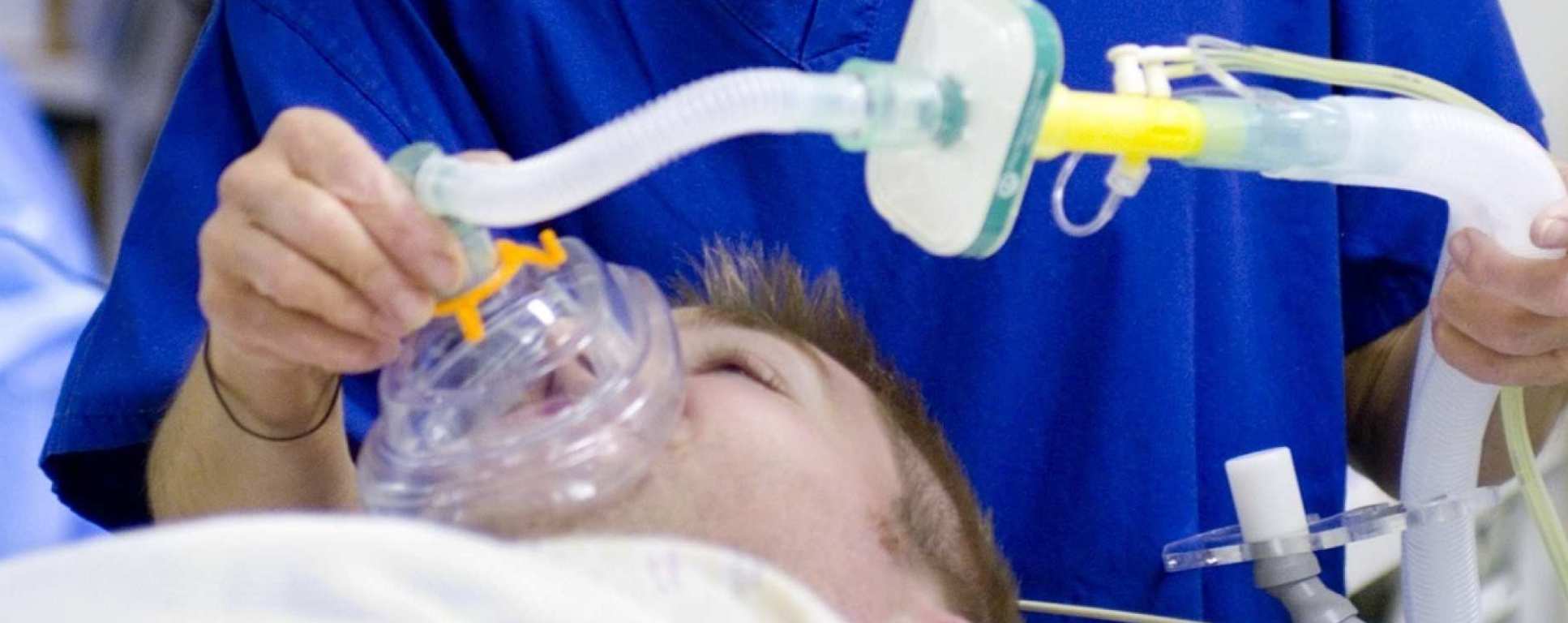BibTex format
@inproceedings{Harris:2016:10.3109/02699052.2016.1162060,
author = {Harris, K and Armstrong, S and Campos-Pires, R and Kiru, L and Franks, N and Dickinson, R},
doi = {10.3109/02699052.2016.1162060},
pages = {606--606},
publisher = {Taylor & Francis},
title = {Neuroprotection against traumatic brain injury by xenon, but not argon, is mediated by inhibition at the N-methyl-D-aspartate receptor glycine site},
url = {http://dx.doi.org/10.3109/02699052.2016.1162060},
year = {2016}
}
RIS format (EndNote, RefMan)
TY - CPAPER
AU - Harris,K
AU - Armstrong,S
AU - Campos-Pires,R
AU - Kiru,L
AU - Franks,N
AU - Dickinson,R
DO - 10.3109/02699052.2016.1162060
EP - 606
PB - Taylor & Francis
PY - 2016///
SN - 1362-301X
SP - 606
TI - Neuroprotection against traumatic brain injury by xenon, but not argon, is mediated by inhibition at the N-methyl-D-aspartate receptor glycine site
UR - http://dx.doi.org/10.3109/02699052.2016.1162060
ER -



 Anaesthesia makes up the largest hospital speciality and has a huge role to play in nearly every aspect of any hospital from operating
Anaesthesia makes up the largest hospital speciality and has a huge role to play in nearly every aspect of any hospital from operating